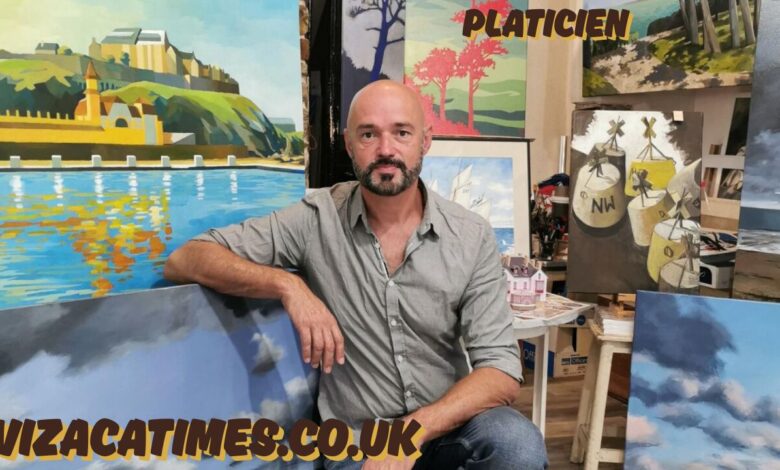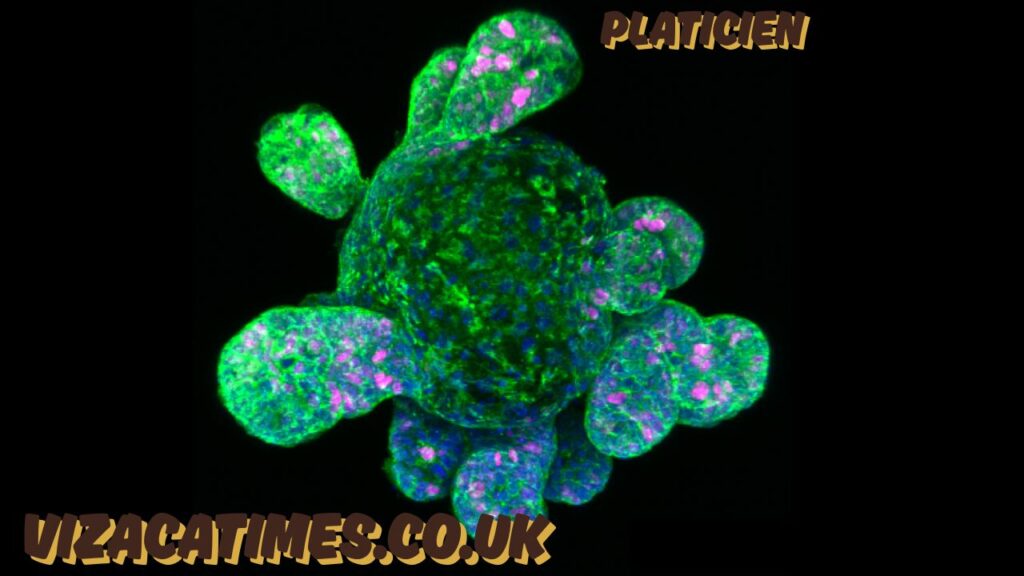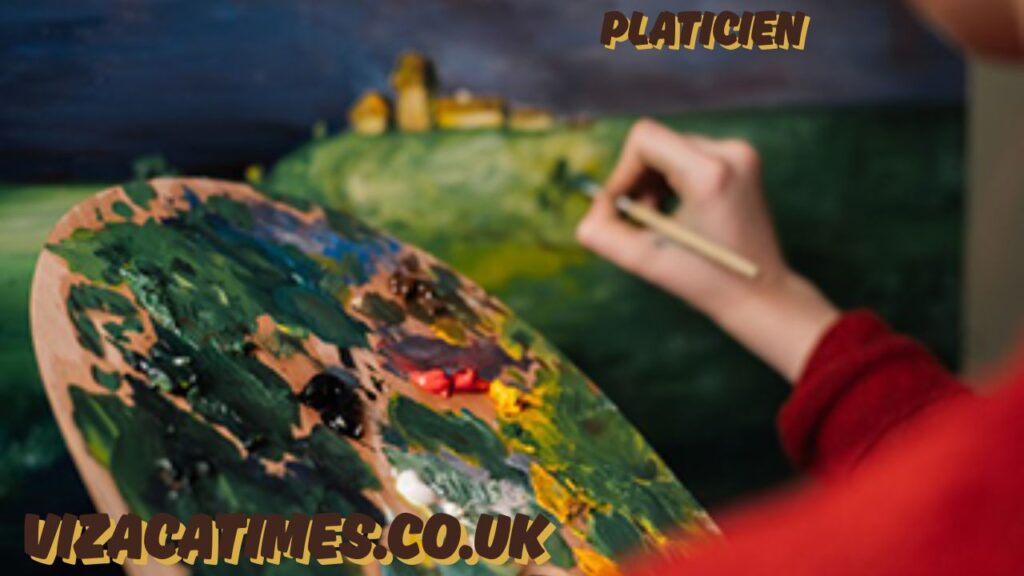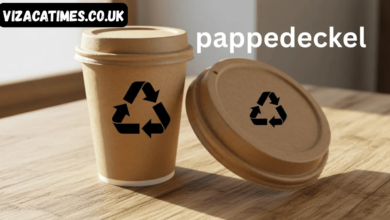Platicien, ??, Exploring the Role and Relevance of the Modern ‘Platicien’ Artist

Understanding the Term: What Is a Platicien??
The word platicien originates from the French language, specifically referring to a “plastic artist.” This term might sound unfamiliar to English-speaking audiences, but it holds significant value in the art world. In French-speaking countries like France, Canada (especially Quebec), and Belgium, a platicien is an artist who practices one or more of the visual arts. This includes drawing, painting, sculpture, installation art, and even multimedia art.
The use of the term platicien is broader than just “painter” or “sculptor”; it implies a creative professional who molds, shapes, and designs using physical or conceptual materials. In essence, a platicien doesn’t just create art — they engage with the materiality of expression itself.
The Evolution of the Platicien Identity

Historically, the concept of a platicien has evolved alongside modern art movements. In the early 20th century, when art began shifting away from strict realism into abstraction and conceptual work, the role of the platicien expanded. These artists no longer confined themselves to traditional canvases or clay but began using found objects, digital media, and even environmental spaces.
One of the most well-known movements involving platiciens was the Plasticien movement in Quebec during the 1950s. It aimed to redefine art using form, color, and abstraction rather than narrative content. These artists, often referred to as Les Plasticiens, included figures like Guido Molinari and Claude Tousignant, who sought order, structure, and visual harmony, laying the foundation for geometric abstraction in Canada.
Platicien vs. Traditional Artist: Is There a Difference??

While all platiciens are artists, not all artists might be called platiciens. The distinction lies in the scope and conceptual nature of their practice. Traditional artists might focus on specific mediums like watercolor painting or marble sculpture. In contrast, a platicien may work across multiple platforms, combining painting with digital elements or fusing sculpture with sound and motion.
This multidisciplinary aspect makes the platicien an especially relevant figure in contemporary art, where boundaries between mediums are increasingly blurred. The platicien is often a boundary-pusher — someone who does not just create but also questions the very process and materiality of art itself.
Contemporary Platiciens and Their Global Influence
Today’s platiciens span continents and cultures. From urban graffiti artists transforming walls into political statements to installation artists crafting immersive gallery experiences, the title “platicien” reflects a global artistic identity rooted in experimentation.
In Africa, platiciens are reimagining tradition with modern technique. Artists like Barthélémy Toguo from Cameroon use mixed media, watercolor, and performance to explore migration, identity, and colonial history. In Latin America, artists such as Doris Salcedo challenge social norms through sculptural interventions that deal with memory and trauma. In both contexts, the platicien stands as a storyteller of social fabric, using plastic forms to shape public consciousness.
The Platicien’s Toolbox: Techniques and Mediums
What sets the platicien apart is not just their choice of subject, but their use of medium. A platicien often works with:
- Canvas and paint for traditional or abstract forms
- Wood, metal, or plastic for sculptures or installations
- Recycled materials to comment on sustainability
- Digital tools, including video and projection mapping
- Interactive components, such as augmented reality or motion sensors
Because of this adaptability, a platicien might exhibit their work in a formal gallery, in public spaces, or even online in the form of virtual installations. This level of versatility enables platiciens to be cultural commentators and architects of visual experience.
The Role of a Platicien in Society
A platicien is not merely an aesthetic creator but also a thinker and communicator. Their work often intersects with issues like social justice, identity politics, climate change, and technological disruption. Through their visual language, platiciens provide society with tools to reflect, critique, and imagine futures.
In educational institutions and artistic collectives, the platicien also serves as a mentor and innovator, inspiring new generations to use visual forms as a vehicle for change. Their installations, murals, or exhibitions may provoke conversation, evoke emotion, or spur activism — making their work both powerful and necessary.
Becoming a Platicien: Training and Development
While there’s no one way to become a platicien, most follow a path that includes:
- Formal education in fine arts or visual communication
- Participation in exhibitions, biennales, or residencies
- Engagement with artistic communities for collaboration and critique
- A strong personal voice and visual language that defines their portfolio
Platiciens may emerge from art schools or be self-taught. What’s critical is their ongoing exploration of form, material, and meaning. Their evolution as artists is often marked by experimentation and a willingness to take risks in their work.
Platicien and Technology: Bridging the Digital Divide
As technology continues to permeate all aspects of life, the platicien has adapted by incorporating digital innovations into their practice. Today, we see platiciens exploring:
- Virtual reality (VR) to create immersive art spaces
- Artificial intelligence (AI) for generative art
- Digital painting and 3D modeling
- NFTs and blockchain-based art ownership
This blend of creativity and tech reinforces the relevance of the platicien in the modern world, not as a passive creator but as an active designer of how we experience reality itself.
Criticism and Debate: Is “Platicien” Too Broad??
Some critics argue that the term platicien is too expansive and loses meaning in the sea of modern art terminology. They contend that such broad definitions dilute the unique identities of painters, sculptors, or digital artists. However, others see the flexibility of the term as a strength — a way to embrace the fluidity of 21st-century art.
The debate continues, but one thing remains clear: the platicien is a dynamic figure, constantly adapting to the tools, themes, and challenges of each era.
The Future of the Platicien
Looking forward, the role of the platicien will likely become even more central in a world defined by visuals, data, and ecological urgency. As the planet grapples with climate instability, political unrest, and cultural fragmentation, platiciens are poised to provide emotional insight, social critique, and alternative visions.
Whether through bio-art, AI collaborations, or social practice art, the future platicien will continue to be a powerful force — not only creating images but crafting new ways of seeing and being.
FAQs About Platicien
Q1: What does “platicien” literally mean?
A: In French, “platicien” refers to a visual or plastic artist — someone who manipulates materials like paint, sculpture, or multimedia for artistic expression.
Q2: How is a platicien different from a painter or sculptor?
A: While painters or sculptors focus on specific media, a platicien often works across several mediums, exploring the intersection of concept, form, and material.
Q3: Can digital artists be considered platiciens?
A: Yes. Many contemporary platiciens work with digital tools, virtual reality, and mixed media, expanding the traditional scope of visual art.
Q4: Is the term “platicien” commonly used in English?
A: Not widely. It’s mostly used in French-speaking contexts, though it is gaining traction among international art scholars and curators.
Q5: Can anyone call themselves a platicien?
A: While there’s no formal requirement, being recognized as a platicien typically involves dedication to visual art, experimentation, and participation in the broader art world.
Final Thoughts on Platicien, ??
The concept of the platicien is more than a label — it represents an evolving artistic identity. Rooted in tradition yet open to innovation, the platicien stands at the crossroads of material exploration, cultural dialogue, and visual storytelling. Whether shaping clay, manipulating pixels, or designing spaces, the platicien offers us ways to connect, reflect, and reimagine. And in a world saturated with visuals, their role has never been more vital.
Also read : Fly Experiential ?? – Exploring the Transformative World of Fly Experiential



